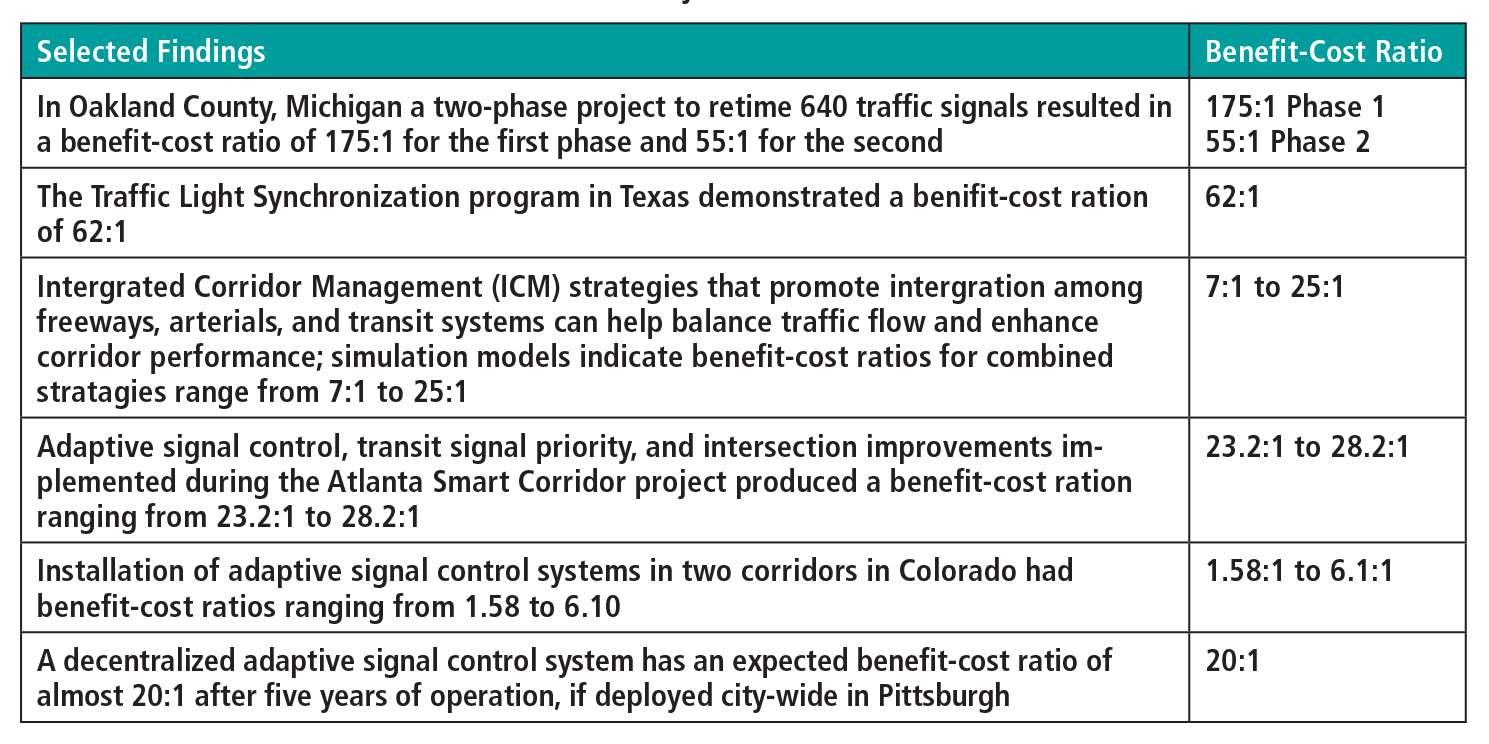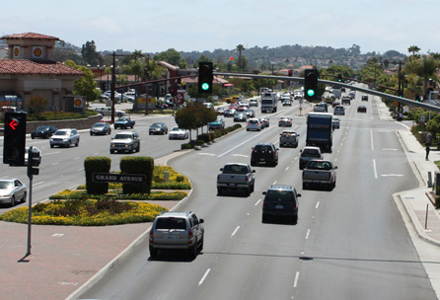A recently completed study shows that rumble strips are proving to be an effective and low-cost way to reduce crashes on Michigan's state highways.
The Michigan Department of Transportation (MDOT) started a major rumble strip program for two-lane high-speed rural highways in 2008. Centre-line and shoulder rumble strips were installed on all MDOT rural, non-freeway highways with posted speed limits of 55 mph and appropriate paved lane and shoulder widths. To date, 5,700 miles of centre-line rumble strips
A recently completed study shows that rumble strips are proving to be an effective and low-cost way to reduce crashes on Michigan's state highways.
The1688 Michigan Department of Transportation (MDOT) started a major rumble strip program for two-lane high-speed rural highways in 2008. Centre-line and shoulder rumble strips were installed on all MDOT rural, non-freeway highways with posted speed limits of 55 mph and appropriate paved lane and shoulder widths. To date, 5,700 miles of centre-line rumble strips and 1,700 miles of shoulder rumble strips have been installed.
The study, conducted by the Wayne State University (WSU) Transportation Research Group, found significant reductions in several targeted categories of crashes, including head-on, side-swipe and run-off-the-road crashes. In the categories examined, the study showed a 47 per cent reduction in total crashes and a 51 percent reduction in fatal crashes.
According to the report, ''rumble strips are a proven and cost-effective countermeasure to lane departure crashes brought on by driver drowsiness, distraction, and/or inattention. We can project … this initiative in Michigan will result in an annual reduction of 337 crashes, saving 16 lives, and 62 serious injuries each year.''
In another facet of the study, researchers surveyed road users to gain insight into the public's perception of rumble strips. The survey indicated strong public support for the use of centre-line rumble strips. And the experts agreed: a survey of MDOT pavement design and maintenance personnel showed the majority of staff strongly agree that the installation of centre-line rumble strips improves safety.
"This study is one of the largest and most comprehensive investigations of effectiveness of any safety countermeasure that has ever been performed at a state level," said Tapan Datta, a WSU civil engineering professor and principal investigator of the research project.
"Analysing all of MDOT's two-lane high-speed highways with rumble strip treatments targeted to alleviate lane departure-related traffic crashes makes the results real and reliable. They can be used by other states to establish their own rumble strip programs."
Datta said future research should focus on use of rumble strips on two-lane county roads and multi-lane non-freeway high speed roads.
In addition, the report's economic analysis of the rumble strip program showed a high benefit-to-cost ratio. Depending on how the cost was spread out over time, the ratio was between 58:1 and 18:1. Researchers estimated a total safety benefit of more than US$79 million over three years.
A previous rumble strip study, completed in 2012, found that the presence of centre-line rumble strips improves driver performance in most conditions. Drivers position themselves more centrally in lanes, leading to fewer encroachments over centre-lines and shoulders, thus increasing safety. And while drivers generally tended to ride onto or across the centre-line when passing bicyclists, they did so less frequently when centre-line rumble strips were present. They also found that centre-line rumble strips did not contribute to short-term cracking in asphalt pavements. Further, rumble strips typically produced no more noise than that made by tractor-trailer trucks travelling on normal highways.
The
The study, conducted by the Wayne State University (WSU) Transportation Research Group, found significant reductions in several targeted categories of crashes, including head-on, side-swipe and run-off-the-road crashes. In the categories examined, the study showed a 47 per cent reduction in total crashes and a 51 percent reduction in fatal crashes.
According to the report, ''rumble strips are a proven and cost-effective countermeasure to lane departure crashes brought on by driver drowsiness, distraction, and/or inattention. We can project … this initiative in Michigan will result in an annual reduction of 337 crashes, saving 16 lives, and 62 serious injuries each year.''
In another facet of the study, researchers surveyed road users to gain insight into the public's perception of rumble strips. The survey indicated strong public support for the use of centre-line rumble strips. And the experts agreed: a survey of MDOT pavement design and maintenance personnel showed the majority of staff strongly agree that the installation of centre-line rumble strips improves safety.
"This study is one of the largest and most comprehensive investigations of effectiveness of any safety countermeasure that has ever been performed at a state level," said Tapan Datta, a WSU civil engineering professor and principal investigator of the research project.
"Analysing all of MDOT's two-lane high-speed highways with rumble strip treatments targeted to alleviate lane departure-related traffic crashes makes the results real and reliable. They can be used by other states to establish their own rumble strip programs."
Datta said future research should focus on use of rumble strips on two-lane county roads and multi-lane non-freeway high speed roads.
In addition, the report's economic analysis of the rumble strip program showed a high benefit-to-cost ratio. Depending on how the cost was spread out over time, the ratio was between 58:1 and 18:1. Researchers estimated a total safety benefit of more than US$79 million over three years.
A previous rumble strip study, completed in 2012, found that the presence of centre-line rumble strips improves driver performance in most conditions. Drivers position themselves more centrally in lanes, leading to fewer encroachments over centre-lines and shoulders, thus increasing safety. And while drivers generally tended to ride onto or across the centre-line when passing bicyclists, they did so less frequently when centre-line rumble strips were present. They also found that centre-line rumble strips did not contribute to short-term cracking in asphalt pavements. Further, rumble strips typically produced no more noise than that made by tractor-trailer trucks travelling on normal highways.










